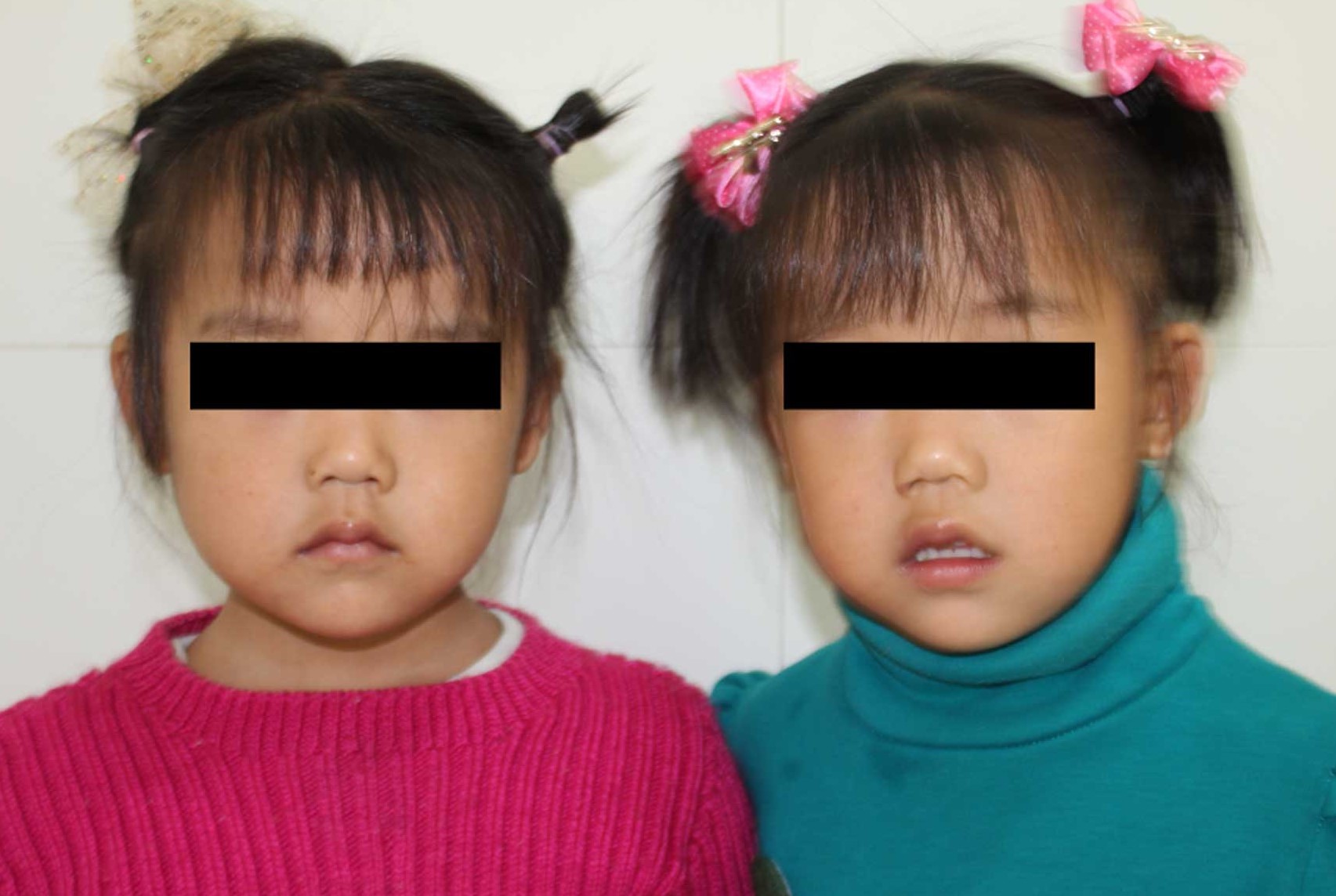
1q21.1 Duplication Syndrome might sound like a complex medical term, but understanding it can be simpler than you think. This genetic condition involves an extra copy of a small segment of chromosome 1, specifically at the q21.1 region. Symptoms can vary widely, from developmental delays to physical abnormalities. Some individuals might not even know they have it, while others could face significant challenges. Diagnosis usually involves genetic testing, often prompted by developmental concerns or family history. Treatment focuses on managing symptoms, with therapies tailored to each person's needs. Curious about the specifics? Here are 14 essential facts to help you grasp the basics of 1q21.1 Duplication Syndrome.
Key Takeaways:
- 1q21.1 Duplication Syndrome is a rare genetic disorder caused by an extra copy of a small segment of chromosome 1. It can lead to developmental delays, intellectual disabilities, and heart defects, but not everyone with the duplication will show symptoms.
- Early diagnosis through genetic testing and prenatal testing can help identify 1q21.1 Duplication Syndrome. Early intervention programs and support groups can provide crucial support for affected individuals and their families.
What is 1q21.1 Duplication Syndrome?
1q21.1 Duplication Syndrome is a rare genetic disorder caused by an extra copy of a small segment of chromosome 1. This condition can affect various parts of the body and lead to a wide range of symptoms. Here are some fascinating facts about this syndrome.
Genetic Basis
-
Chromosomal Location: The duplication occurs on the long arm (q) of chromosome 1, specifically at position 21.1. This region contains several genes that are crucial for normal development.
-
Inheritance Pattern: It can be inherited from a parent or occur as a new (de novo) mutation. If a parent has the duplication, there's a 50% chance of passing it on to their child.
-
Variable Expressivity: Not everyone with the duplication will show symptoms. This phenomenon is known as variable expressivity, meaning the same genetic change can result in different traits among individuals.
Symptoms and Characteristics
-
Developmental Delays: Many children with 1q21.1 Duplication Syndrome experience developmental delays, particularly in speech and motor skills.
-
Intellectual Disability: Some individuals may have mild to moderate intellectual disabilities, though this is not always the case.
-
Behavioral Issues: Behavioral problems such as ADHD, autism spectrum disorder, and anxiety are more common in those with the duplication.
-
Physical Features: Some people with the syndrome may have distinct facial features, including a high forehead, wide-set eyes, and a flat nasal bridge.
Health Concerns
-
Heart Defects: Congenital heart defects are more frequent in individuals with this syndrome. Regular cardiac check-ups are recommended.
-
Seizures: There is an increased risk of seizures, which may require medical management.
-
Vision Problems: Eye issues like strabismus (crossed eyes) or refractive errors are more common, necessitating regular eye exams.
Diagnosis and Testing
-
Genetic Testing: The condition is typically diagnosed through genetic testing, such as chromosomal microarray analysis, which can detect the extra copy of the chromosome segment.
-
Prenatal Testing: Prenatal testing can identify the duplication if there is a known family history or other indications during pregnancy.
Management and Support
-
Early Intervention: Early intervention programs, including speech, occupational, and physical therapy, can help improve developmental outcomes.
-
Support Groups: Families affected by 1q21.1 Duplication Syndrome can benefit from joining support groups where they can share experiences and resources.
Understanding 1q21.1 Duplication Syndrome
1q21.1 Duplication Syndrome is a rare genetic condition that affects many aspects of life. Knowing the symptoms and challenges can help families and caregivers provide better support. Early diagnosis and intervention are crucial for managing developmental delays, learning difficulties, and other health issues.
Genetic counseling offers valuable insights for families, helping them understand the condition and make informed decisions. While there's no cure, therapies and educational support can improve quality of life.
Raising awareness about 1q21.1 Duplication Syndrome can lead to better resources and support networks. Sharing experiences and information helps build a community of understanding and empathy.
By staying informed and proactive, we can make a positive impact on the lives of those affected by this condition. Let's continue to support research and advocacy efforts to improve outcomes for everyone involved.
Frequently Asked Questions
Was this page helpful?
Our commitment to delivering trustworthy and engaging content is at the heart of what we do. Each fact on our site is contributed by real users like you, bringing a wealth of diverse insights and information. To ensure the highest standards of accuracy and reliability, our dedicated editors meticulously review each submission. This process guarantees that the facts we share are not only fascinating but also credible. Trust in our commitment to quality and authenticity as you explore and learn with us.
